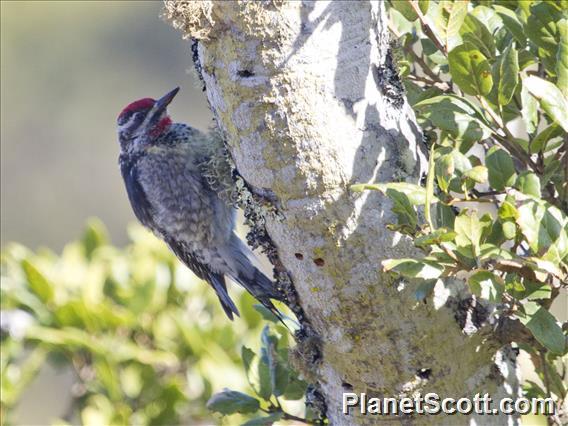Red-naped Sapsucker (Sphyrapicus nuchalis)

Red-naped Sapsucker (Sphyrapicus nuchalis)
×


Red-naped Sapsucker (Sphyrapicus nuchalis)
About Red-naped Sapsucker (Sphyrapicus nuchalis)
- Kingdom: Animals
- Phylum: Chordates
- Class: Birds
- Order: Woodpeckers, Barbets, Toucans, and Puffbirds
- Family: Piculets and Woodpeckers
The red-naped sapsucker is a medium-sized North American woodpecker. Long thought to be a subspecies of the yellow-bellied sapsucker, it is now known to be a distinct species.
Source: Wikipedia
Trips
No trip reports available.Visits
-
2014-02-01
San Pedro Valley County Park, United States of America

